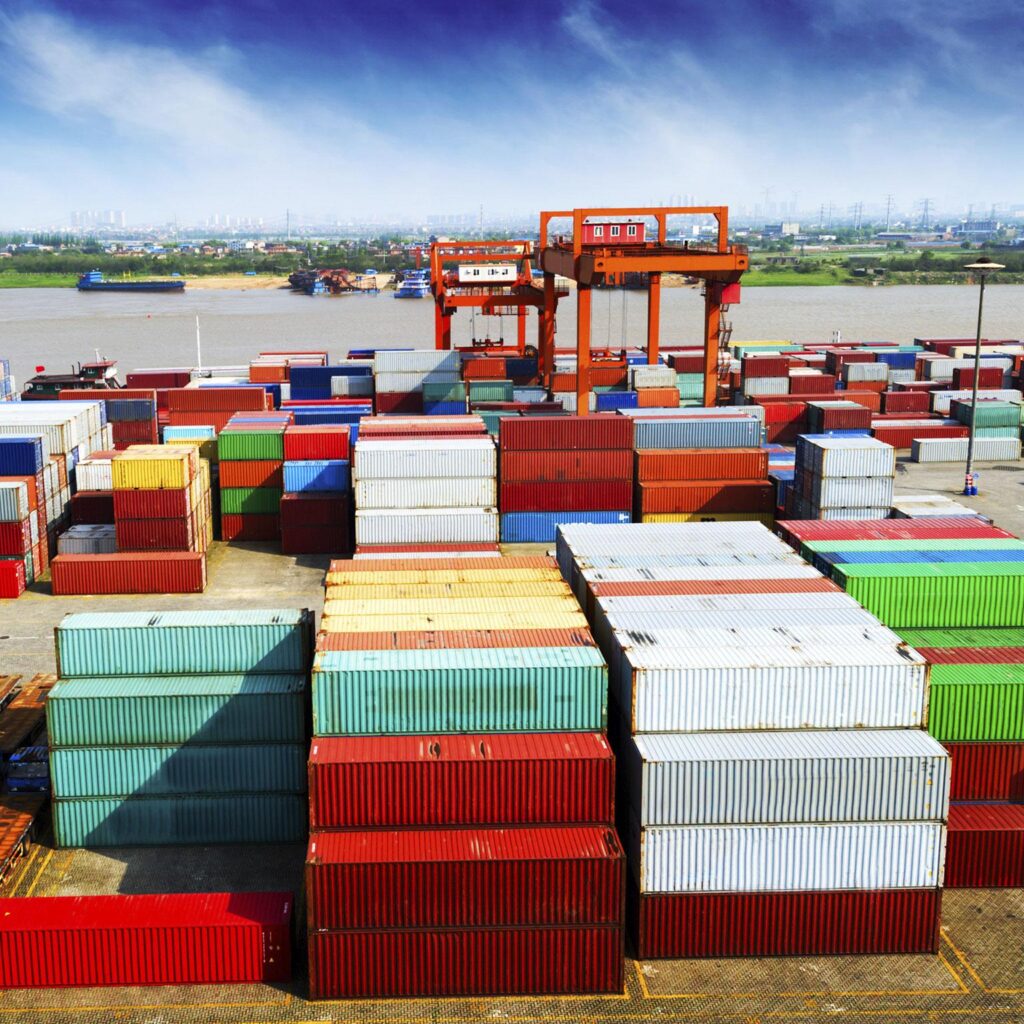Oslo-based benchmarking and market intelligence platform for containerized ocean freight Xeneta is proposing a radical solution in container shipping – the commoditization of containerized freight.

With ultra-low container rates, multiple operators being on the brink of bankruptcy, and adversarial relationships developing between those shipping goods and the carriers, Xeneta believes the entire container industry must evolve. Therefore, it proposes the introduction of ‘commodity status’.
Namely, commodities are traded on highly regulated exchanges with transparent pricing. Importantly, traded items can be hedged, buying or selling forward to manage exposure to risk, as explained by Xeneta.
Container rates have collapsed over the course of the last 18 months. According to Xeneta, the market average price for transporting a 40-foot container from Shangai to Rotterdam has fallen by 51 percent since 1 July 2014, currently standing at USD 1,294. Some Qingdao-Rotterdam boxes have been obtained for as little as USD 100 during the last year.
Xeneta CEO Patrik Berglund believes the situation is unsustainable.
“These rates are obviously positive for hard-nosed negotiators wanting to ship freight, but not for the industry, and not for anyone in the long-term,” adding that only a small number of carriers managed to make a profit in 2015 and that some of the biggest companies such as HMM and Hanjin are close to bankruptcy.
“The low rates that are causing this will, naturally enough, skyrocket if the industry loses a few significant players, or sees widespread consolidation of power into fewer hands. This will hit not only shippers hard, but also consumers, as all those Asian-sourced retail and wholesale items on which the western world, Africa, and Latin America relies will become significantly more expensive,” Berglund continues.
“At the moment shippers and carriers are at loggerheads, fighting to get the best prices in an unstable market.
“However, by trading the transport as a commodity, at a transparent price, both parties achieve security and get the option of buying or selling forward when they feel the price is favourable to their interests,” he adds.
Xeneta head says that big shippers, such as Walmart or Carrefour, could forward buy the appropriate number of TEUs for their needs and lock in product pricing and profit. Meanwhile, carriers, such as Maersk, could sell forward capacity on newbuilds at the point of ordering to ensure their future profitability, rather than risking making huge investments in uncertain markets.
Although there are risks involved, Berglund believes that the element of risk is the price to pay for both parties to gain predictability and transparency.
“We know the market inside out, giving shippers and freight forwarders the data they need to get the right price for their cargoes. That same data could be used to set prices on an exchange, providing transparency, fair agreements and stability for a sector that is undergoing huge upheaval,” Berglund explains further.
In conclusion, the Xeneta CEO points out that both the carriers and the shippers need each other in order to succeed and that it’s time for them to act jointly, with an exchange as the perfect platform for that.
Source: http://worldmaritimenews.com/


